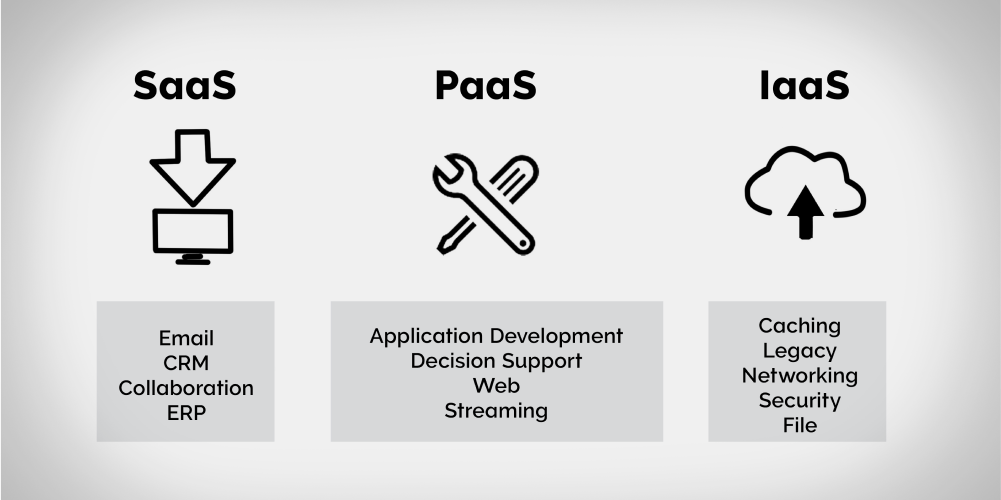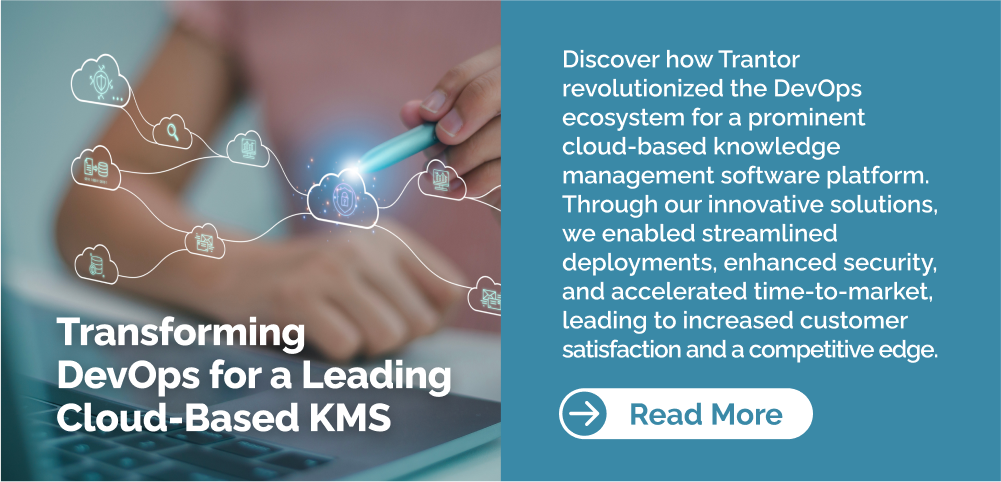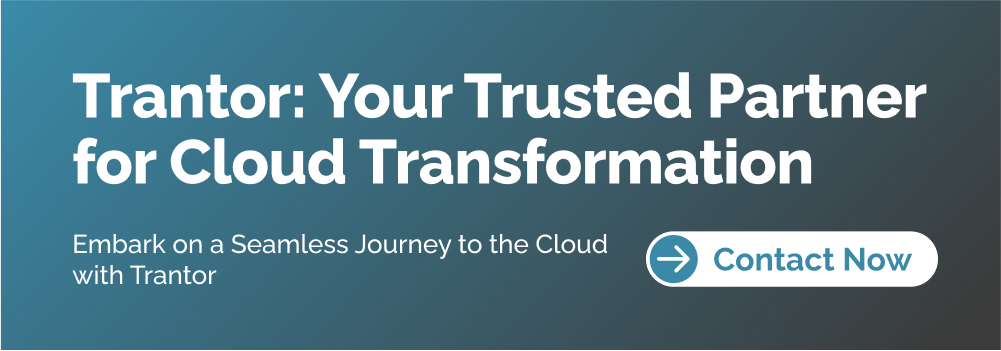Business Transformation, zBlog
Unleashing the Power of Cloud: Navigating the Cloud Transformation Journey

In today’s rapidly evolving digital landscape, cloud computing has emerged as a game-changing paradigm, revolutionizing the way organizations operate, innovate, and deliver value to their customers. As businesses strive to remain competitive and agile, the imperative to embrace cloud transformation has become increasingly evident.
Cloud transformation, however, is not merely about adopting cloud technologies; it’s a holistic journey that encompasses strategic planning, process optimization, cultural shifts, and ongoing governance. Navigating this journey successfully requires a structured approach that aligns cloud initiatives with business objectives, mitigates risks, and maximizes the potential of cloud computing.
In this comprehensive blog, we’ll delve into the intricacies of cloud transformation, exploring key considerations, best practices, and practical strategies for organizations seeking to harness the power of the cloud.
Understanding Cloud Transformation

Cloud transformation is the process of transitioning an organization’s IT infrastructure, applications, and processes to cloud computing environments. This transformation encompasses various cloud deployment models, including public, private, and hybrid clouds, as well as different service models such as Infrastructure as a Service (IaaS), Platform as a Service (PaaS), and Software as a Service (SaaS).
At its core, cloud transformation is driven by the promise of increased agility, scalability, cost optimization, and access to cutting-edge technologies. However, the journey to the cloud is often complex, requiring careful planning, change management, and ongoing governance to ensure a successful and sustainable transformation.
The Cloud Transformation Roadmap

Embarking on a cloud transformation journey requires a well-defined roadmap that aligns with the organization’s strategic objectives, addresses potential challenges, and outlines a phased approach to implementation. A typical cloud transformation roadmap consists of the following key phases:
1. Assessment and Planning:
- Evaluate the organization’s current IT landscape, workloads, and business requirements.
- Identify the potential benefits and risks associated with cloud adoption.
- Define the cloud strategy and determine the appropriate cloud deployment models.
- Develop a comprehensive cloud migration plan and timeline.
2. Cloud Readiness and Preparation:
- Assess the organization’s cloud readiness, including infrastructure, applications, and personnel.
- Implement necessary changes to ensure compatibility and compliance with cloud environments.
- Establish cloud governance frameworks, policies, and security measures.
- Train and upskill personnel to support cloud operations and management.
3. Cloud Migration and Implementation:
- Execute the cloud migration plan, following a phased approach to minimize disruptions.
- Migrate applications, data, and workloads to the cloud environment.
- Integrate cloud services with existing on-premises infrastructure (if applicable).
- Conduct rigorous testing and validation to ensure seamless operations.
4. Cloud Optimization and Governance:
- Continuously monitor and optimize cloud resources for cost-effectiveness and performance.
- Implement cloud management tools and automation processes.
- Establish ongoing governance processes to ensure compliance and security.
- Foster a culture of continuous improvement and innovation within the cloud environment.
Key Considerations for Cloud Transformation

While the benefits of cloud computing are compelling, organizations must carefully consider and address several critical factors to ensure a successful cloud transformation journey:
- Security and Compliance: Ensuring data security, privacy, and regulatory compliance is paramount when migrating to the cloud. Organizations must implement robust security measures, such as encryption, access controls, and continuous monitoring, to mitigate risks and maintain compliance with industry standards and regulations.
- Cloud Governance and Management: Establishing a comprehensive cloud governance framework is essential for managing cloud resources, enforcing policies, and ensuring accountability. Organizations must implement cloud management tools, automation processes, and well-defined roles and responsibilities to maintain control and optimize cloud operations.
- Cost Optimization:While cloud computing can deliver significant cost savings, organizations must carefully plan and monitor their cloud spending to avoid unexpected expenses. Implementing cost optimization strategies, such as rightsizing resources, leveraging reserved instances, and utilizing auto-scaling, can help organizations maximize the cost-effectiveness of their cloud environments.
- Integration and Interoperability:Seamless integration between cloud environments, on-premises infrastructure, and existing applications is crucial for maintaining operational continuity. Organizations must ensure interoperability by implementing robust integration strategies, leveraging APIs, and adopting cloud-native architectures.
- Cultural Transformation:Cloud transformation extends beyond technology; it requires a cultural shift within the organization. Fostering a culture of innovation, collaboration, and continuous learning is essential for embracing the agility and flexibility enabled by cloud computing.
- Talent and Skills Development: As organizations transition to cloud environments, they must address potential skill gaps and invest in training and upskilling their workforce. Developing cloud-native skills, such as DevOps practices, infrastructure as code, and cloud security, will be critical for successful cloud operations and management.
- Business Continuity and Disaster Recovery:Ensuring business continuity and disaster recovery capabilities in the cloud environment is crucial for maintaining operational resilience. Organizations must implement robust backup and recovery strategies, leveraging cloud-native services and redundancy options to minimize downtime and data loss risks.

Leveraging Cloud Transformation Frameworks
To navigate the complexities of cloud transformation, organizations can leverage established frameworks and methodologies tailored specifically for cloud environments. These frameworks provide structured guidance, best practices, and tools to streamline the transformation process and mitigate risks.
One widely adopted framework is the Cloud Adoption Framework (CAF) developed by Microsoft. The CAF offers a comprehensive approach to cloud transformation, encompassing strategy, planning, governance, and management aspects. It provides a structured methodology for assessing cloud readiness, migrating workloads, and optimizing cloud operations.
Another popular framework is the AWS Cloud Adoption Framework (AWS CAF), designed by Amazon Web Services. This framework focuses on six key perspectives: Business, People, Governance, Platform, Security, and Operations, providing guidance and best practices for each aspect of cloud transformation.
The Google Cloud Adoption Framework (GCP CAF) is another valuable resource, offering a structured approach to cloud transformation specific to the Google Cloud Platform. It emphasizes organizational and cultural readiness, governance, security, and operational excellence.
By leveraging these cloud transformation frameworks, organizations can benefit from proven methodologies, tools, and best practices, increasing their chances of success and accelerating their cloud transformation journey.
Conclusion
Cloud transformation is a strategic imperative for organizations seeking to remain competitive and agile in the digital age. However, navigating the complexities of cloud adoption and migration requires a well-defined roadmap, careful planning, and a holistic approach that considers technological, operational, and cultural factors.
By following best practices, leveraging cloud transformation frameworks, and addressing key considerations such as security, governance, and cost optimization, organizations can unlock the full potential of cloud computing and drive innovation, scalability, and operational efficiency.
At Trantor, we understand the challenges and intricacies of cloud transformation. Our team of experienced cloud consultants and AWS experts offers comprehensive services tailored to your organization’s unique needs. From cloud strategy development and migration planning to implementation, optimization, and ongoing management, we are your trusted partner throughout the entire cloud transformation journey.




